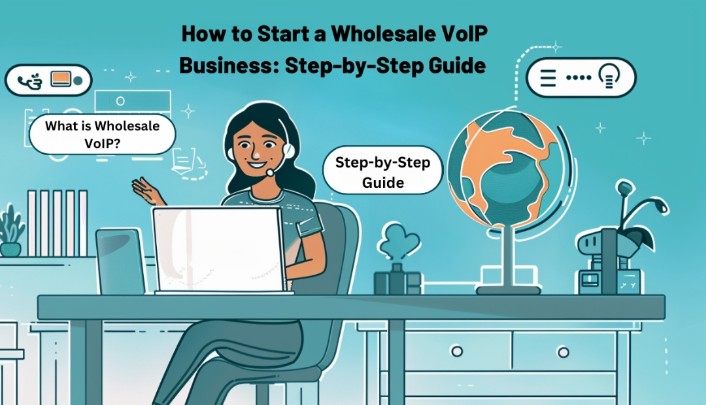In the current busy digital world, Enterprise Resource Planning (ERP) software has evolved as a key for companies that want to organize operations, become more efficient, and stay ahead of the curve. Whether it’s a small startup, a mid-sized organization, or an enterprise, the cost of developing ERP software must be known prior to making a leap.
This guide will take you through ERP software development cost basics, which factors affect it, and how to budget for a custom ERP solution that meets your business needs.
What is ERP Software?
ERP software is a combined system that structures fundamental business operations like finance, human resources, supply chain, inventory, procurement, CRM, etc. It’s one repository of truth where data from various departments can be accessed in real-time and supports better decision-making.
Current ERP systems are cloud-hosted, locally installed, or a mix of both and either off-the-shelf or custom-built depending on the needs of a particular organization.
Why Custom ERP Development?
Though numerous off-the-shelf ERP packages are available, organizations typically prefer custom ERP development due to:
They own proprietary processes that are not met by generic solutions.
- Off-the-shelf products involve regular license charges and low flexibility.
- Custom ERP provides flexibility and total control over features.
- Custom ERP easily integrates with old systems.
- A catch is attached to this flexibility. Let’s discover what impacts ERP software development costs.
Major Determinants That Affect ERP Software Development Cost
ERP development cost estimation is anything but standard. There are many determinants, each of which impacts the total cost.
1. Scope and Complexity
Number of features and number of modules drastically contribute to cost. Basic ERP with finance, HR, and inventory will be less costly than a system that has specialized analytics, AI, IoT connectivities, or industry-specific applications.
2. Number of Users
ERP cost will typically scale with the number of users. More users mean more UI/UX design effort, license planning, and performance tuning.
Pro Tip: Calculate how many users need full access compared to limited access to make the most of your budget.
3. Development Team Location
The location where your software development team is can drastically alter the cost:
Region. Offshoring to countries such as Eastern Europe or Asia can lower costs considerably without reducing quality.
4. Technology Stack
The programming languages and tools utilized during ERP development (e.g., Java, .NET, Python, React, SQL, AWS) may influence the total cost, particularly if the stack needs high-end experts.
Moreover, cloud infrastructure such as AWS, Azure, or Google Cloud has recurring costs based on scale and usage.
5. UI/UX Design
Custom ERP solutions need careful planning to guarantee user-friendly interfaces. Sleek UI/UX enhances productivity and decreases training time but increases initial investment.
6. Third-Party Integrations
Most companies employ applications such as Salesforce, QuickBooks, or Shopify. Integrating them with your ERP is value-added but raises development time and costs.
7. Maintenance & Support
Maintenance post-launch—security patches, server maintenance, and feature releases—generally amounts to 15–20% of the original development cost every year.
In-House vs. Outsourced ERP Development
Feature
In-House Team
- Outsourced Development
- Initial Cost
- High (hiring, tools)
- Lower (contract-based)
- Control
- Full
- Moderate
- Expertise
- May need upskilling
- Broad experience available
- Scalability
- Slower
- Faster with team flexibility
Outsourcing ERP development for startups or SMEs tends to be more economical and time-saving.
ERP Development Cost Allocation
The following is an approximate allocation of how ERP development cost can be distributed across various development stages:
Phase
Percentage of Total Cost
Requirement Analysis 10%
Design (UI/UX) 15%
Core Development 40%
Testing & QA 15%
Deployment 5%
Training & Documentation 5%
Maintenance & Support 10–20% annually
Real-World Example (Hypothetical Scenario)
For example, suppose a medium-sized factory company requires a cloud-based ERP with the following modules: Inventory, Procurement, HR, Finance, and CRM. They outsource the development as a job to an Eastern European team who price at $50/hour.
Estimated hours: 3,000
Total base price = 3,000 x $50 = $150,000
With annual maintenance (approx. 20%) = $30,000/year
This is only an estimate and the actual costs will differ depending on features, scope changes, and team ability.
How to Lower ERP Development Costs
The following are some suggestions to control and minimize the cost of ERP software development:
- Define Clear Requirements: Prevent scope creep by defining your requirements at the start.
- Choose an MVP Approach: Begin with the highest-priority modules and add more in phases.
- Select Open-Source Platforms: Reduce the license costs through the use of open-source platforms such as Odoo.
- Implement Agile Methodology: Supports improved cost tracking as well as quicker iterations.
- Implement Mature Developers: Save future more expensive repairs by employing experienced experts in the initial place.
Final Thoughts
Knowledge of the basics of ERP software development cost empowers business leaders to make informed decisions. While the cost can be high, the long-term ROI in terms of efficiency, scalability, and improved data management generally outweighs the initial cost.
No matter if you’re beginning from the ground up or rebooting an existing system, connecting development to your company’s objectives and budget is the most important thing. Take a little time to investigate, locate specialists, and consider things through—because a well-implemented ERP system can transform the way you do business.





